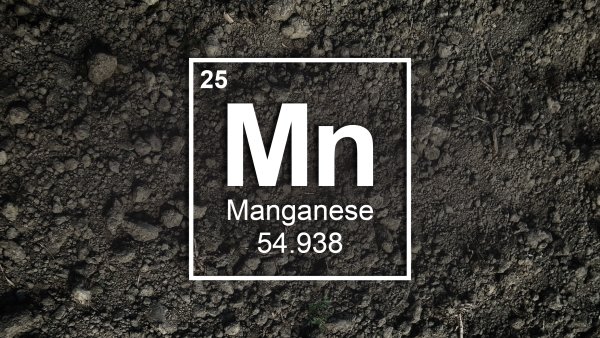Healthy soils are fundamental to life on earth and soil organic carbon (SOC) is at the heart of many functions important to healthy soils. Recent evidence suggests that SOC oxidation is principally controlled by Mn content, specifically by soluble Mn(III) species, which may be the single most important factor governing soil organic carbon oxidation. If true, Mn-SOC interactions represent a fundamental paradigm shift in understanding whether SOC is preserved in soil or released as a greenhouse gas. Several federal programs would support this cutting-edge research; however, experimental infrastructure and preliminary results are key for a competitive proposal.
Therefore, the purpose of this seed grant is to construct and equip soil mesocosms for greenhouse incubations and collect experimental data to measure SOC oxidation and/or sequestration in an agricultural soil amended with varied amounts of Mn oxides (MnOx). While Mn is a minor component of many soils, the influence of Mn on the reactivity and cycling of SOC may be of equal if not greater significance than that of Fe. However, the effect of MnOx on SOC is dependent on the ratio of reductants to oxidants which will, in part, be controlled by the soil microclimate and wetting and drying sequences (WADS). WADS play a multi-faceted role in soil health, driving changes in soil structure, biology, as well as controlling soil redox conditions. Changing the redox state of a soil can shift the bioavailability of nutrients, the sequestration or release of SOC, and affect the global C cycle given the conversion of SOC into a greenhouse gas (GHG).
Researchers
Martin Rabenhorst





